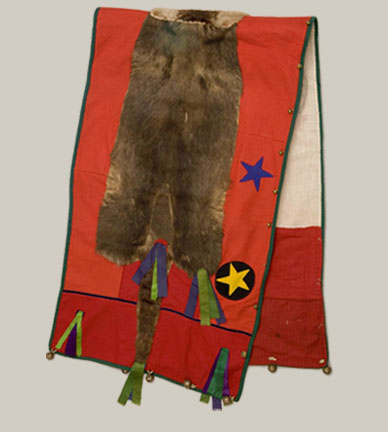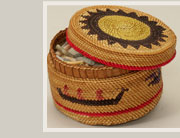| Trade was a complex arrangement that involved the exchange of commodities, the sharing of resources, marriage, alliances, and the diffusion of new ideas from other cultures. It was not just an economic activity in the Euro-American sense. The distribution of food and animal hides, for example, benefited an entire village rather than one individual.
The trade network allowed for the flow of valued decorative items such as dentalia, cowry and clam shells from the west. Buffalo robes, dried meat, and pipestone came from the Plains in the east. Baskets, berries, salt, herbs, dried salmon, furs, hides, roots, stone for tool making, and later, horses were moved freely through this vast network.
For generations, trade routes followed the river systems of the Nimiipuu homeland, the Snake, Clearwater, and Columbia Rivers. Dugout canoes made it easier to transport goods and people quickly and safely. Given the alignment of trade networks along river systems, trading centers such as Celilo Falls on the Columbia River, near present day The Dalles, Oregon became the primary centers of Plateau trade.
MORE...
|































